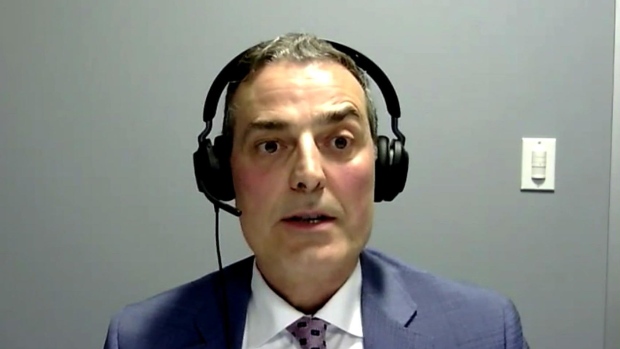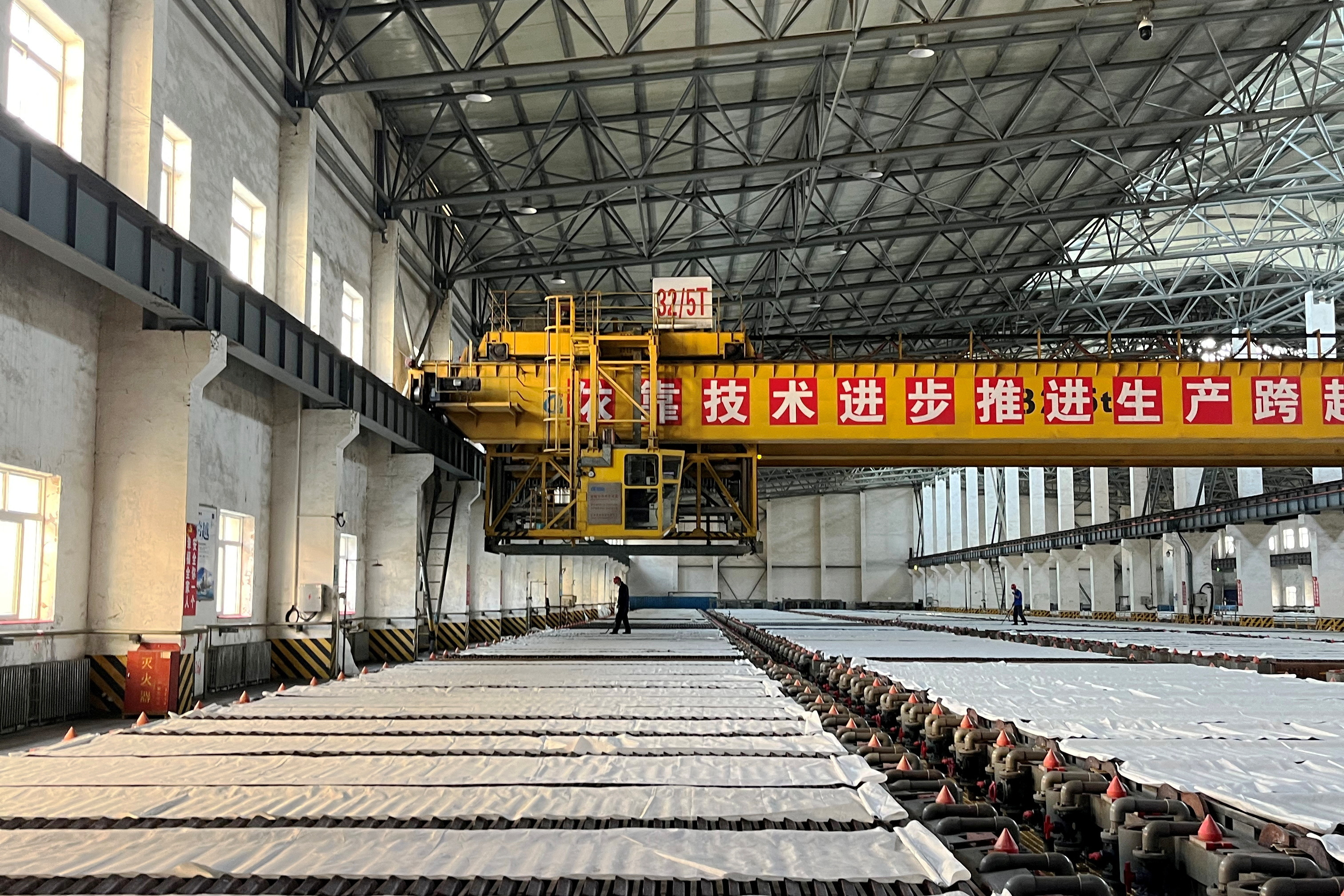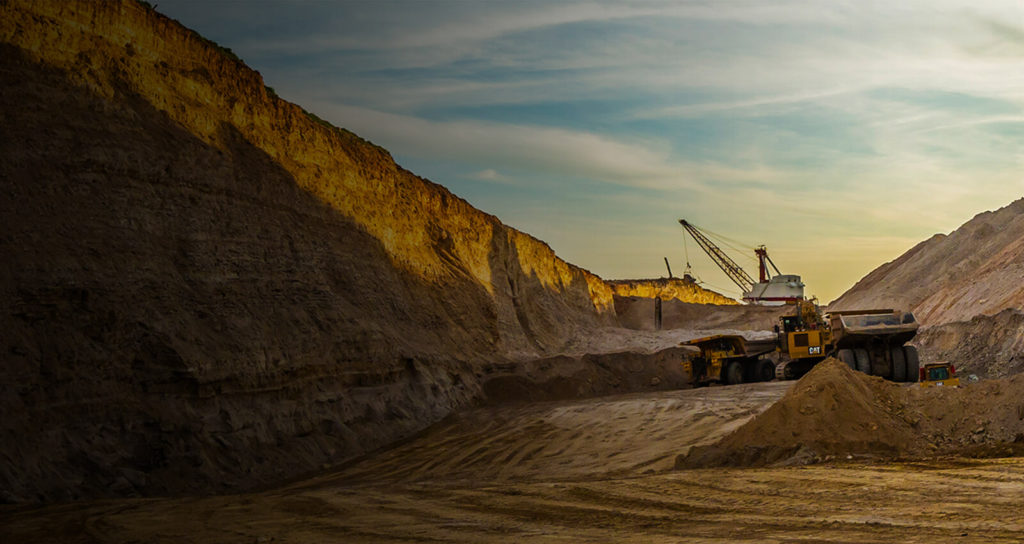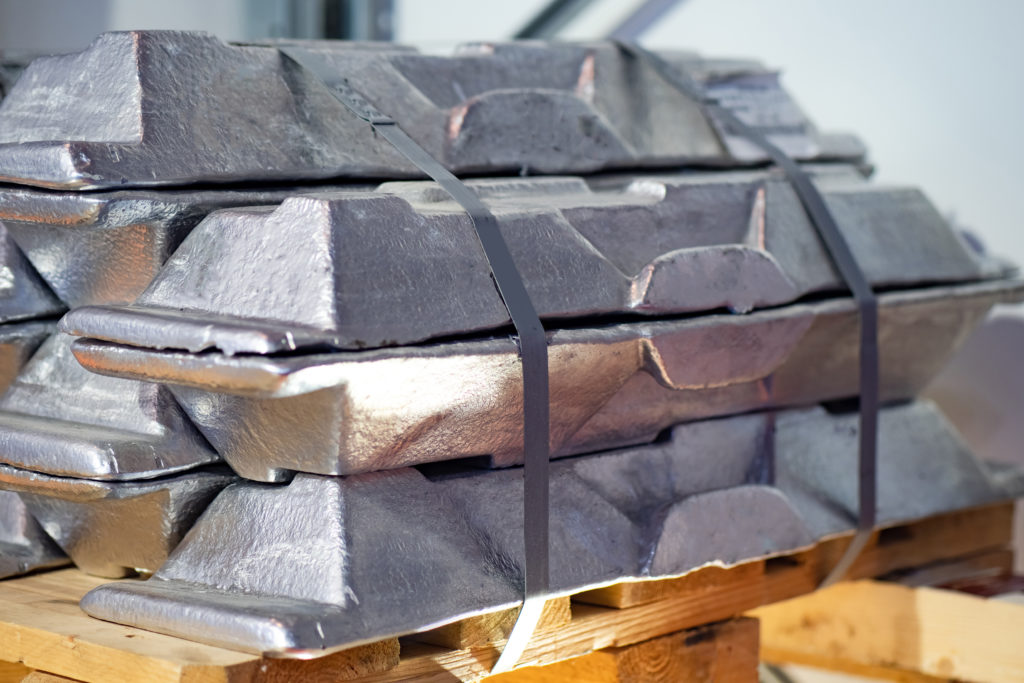Canada to allow 30-year amortization for first-time buyers' mortgages on new homes
The Canadian Press
The Canadian government will allow 30-year amortization periods on insured mortgages for first-time homebuyers purchasing newly built homes.
Finance Minister Chrystia Freeland made the announcement in Toronto today, saying it would take effect Aug. 1.
The Canadian Home Builders' Association has advocated for longer amortization periods, saying five more years would help with affordability and spur more construction.
Freeland also said the government will nearly double — to $60,000 — the amount first-time homebuyers can withdraw from RRSPs to buy a home.
That's up from $35,000, to take effect April 16, the day the federal budget is set to be released.
People who make such withdrawals between Jan. 1, 2022, and Dec. 31, 2025, are also getting more time to begin repayment — up to five years in total rather than two.
This report by The Canadian Press was first published April 11, 2024.
Entry to housing market feels out of reach for 76% of non-owners: CIBC poll
The Canadian Press
Three in four Canadians who don't own a property say buying a home feels out of reach, a new poll shows.
A CIBC survey, published Thursday, shows 76 per cent of Canadians who haven't yet entered the housing market feel homeownership is a far-off dream, but more than half of them are holding on to their goal of one day owning a home.
At least 70 per cent of non-homeowners said they were priced out of the market while 63 per cent said it is hard to save for a down payment, the survey shows.
The survey comes on the same day the federal government announced longer amortization periods for certain first-time homebuyers.
The federal government will allow 30-year amortization periods on insured mortgages for first-time homebuyers who purchase new builds, Finance Minister Chrystia Freeland announced Thursday.
Freeland also said the government will nearly double the amount first-time homebuyers can withdraw from RRSPs to buy a home to $60,000. That's up from $35,000, to take effect April 16, the day the federal budget is set to be released.
As well as prospective homebuyers feeling priced out of the market, the CIBC poll also shows many homeowners have been cutting back on expenses amid high interest rates.
Half of homeowners with a variable-rate mortgage say they've been cutting back on everyday expenses, while 21 per cent have put a lump sum amount toward their mortgage.
At least 45 per cent of homeowners with fixed-rate mortgages anticipate they'll cut back on daily expenses as their loans come up for renewal in the next two years.
The poll also found that 55 per cent of non-owners said they'll only be able to afford a new home with an inheritance or gift from their family.
One in every four non-homeowners also said they're considering buying a home with friends to afford homeownership.
The poll was conducted for CIBC in February by Maru Public Opinion. It was conducted in two waves among a random sample of Maru Voice Canada panelists.
This report by The Canadian Press was first published April 11, 2024.
Canada needs to build 1.3M additional homes by 2030 to close housing gap, says PBO
, The Canadian Press
The parliamentary budget officer says Canada would need to build 1.3 million additional homes by 2030 to eliminate the country's housing gap.
The newly released report looks at how many more homes would need to be built restore Canada's vacancy rate to the historical average.
The report by Yves Giroux's office also accounts for the number of additional households that would form if sufficient housing were available.
Based on those benchmarks, the PBO estimates that Canada would need to build 181,000 more homes a year than it currently does.
The report does not take into account recent federal efforts to bolster housing supply or Ottawa's newly imposed cap on temporary residents.
The Canadian Mortgage and Housing Corp. says Canada needs to build 3.5 million more homes by 2030 to restore affordability to 2003-04 levels.
Giroux says his estimate is much lower than that of the CMHC because he looked solely at closing the gap between demand and supply.
The Liberal government has made a string of housing announcements ahead of the federal budget, largely aimed at increasing housing supply.
The proposed measures include billions of dollars in low-cost loans to spur more rental construction, as well as infrastructure funding for provinces and municipalities.
The government is trying to win back favour with young voters who are increasingly pessimistic about their homeownership prospects and are facing skyrocketing rental costs.
This report by The Canadian Press was first published April 11, 2024.




